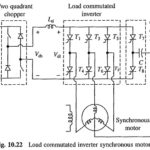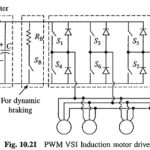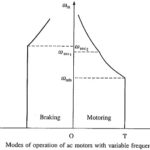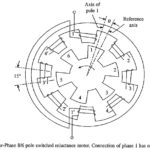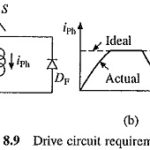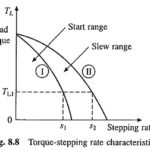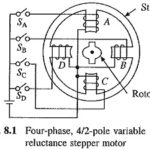Load Commutated Inverter Fed Synchronous Motor Drive
Load Commutated Inverter Fed Synchronous Motor Drive: Load Commutated Inverter Fed Synchronous Motor Drive is shown in Fig. 10.22. The inverter is a current source inverter employing thyristors T1 - T6. The…

